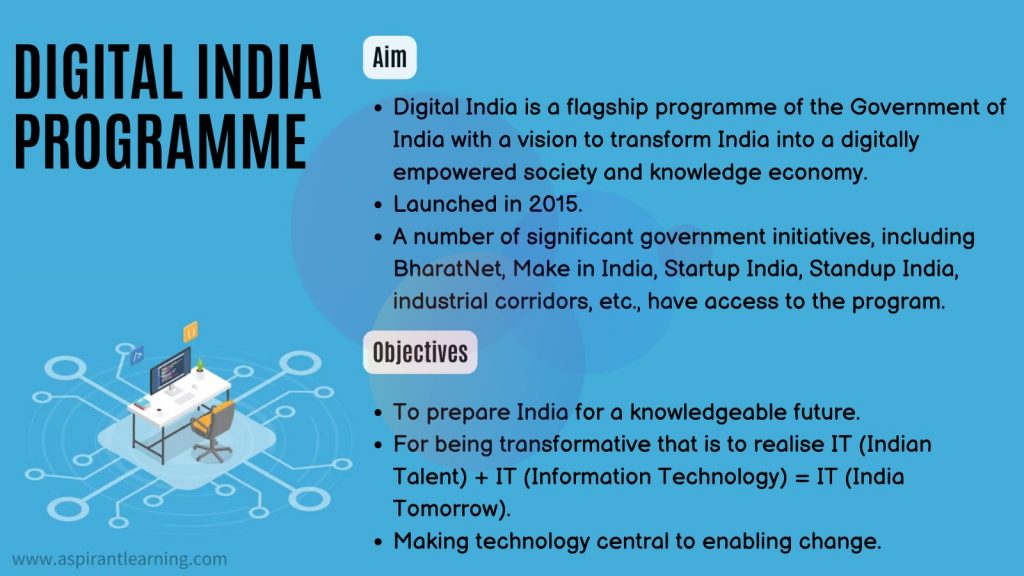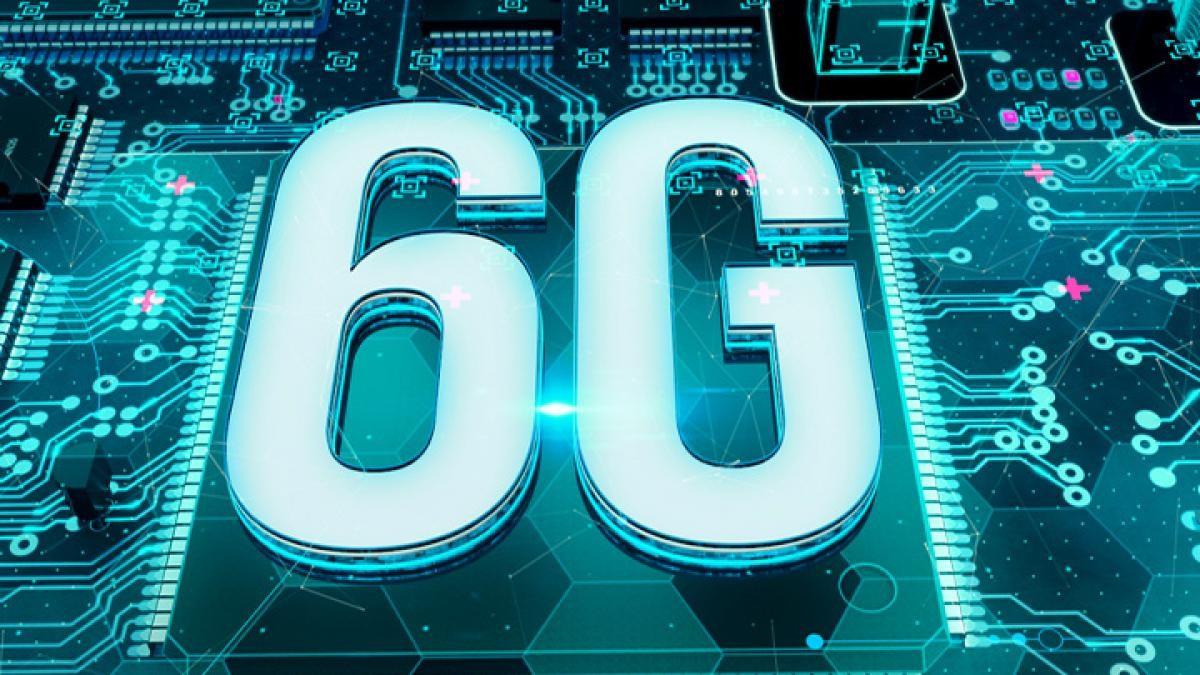News Highlight
Bharat 6G project: India plans to roll out high-speed internet by 2030.
Key Takeaway
- By 2030, India plans to deploy high-speed 6G communication services.
- According to a vision plan released by the PM, they established the Bharat 6G initiative to find and support the development and implementation of next-generation technology in the country.
Bharat 6G Project
- About
- The 6G project in India will be implemented in two stages, the first from 2023 to 2025 and the second from 2025 to 2030.
- The government has also formed an apex committee to oversee the initiative and focus on topics such as;
- Standardisation
- Spectrum identification for 6G usage
- Creating an ecosystem for devices and systems
- Determining funds for R&D.
- The council will have a particular emphasis on emerging technologies such as;
- Terahertz communication
- Radio interfaces
- Tactile internet
- Artificial intelligence for connected intelligence
- New encoding methods and waveform chipsets for 6G devices.
- Objective
- It aims to establish India as a leading worldwide supplier of intellectual property, products, and solutions for cheap 6G telecom systems.
- As well as to identify priority areas for 6G research based on India’s comparative advantages.
- Significance
- The project would offer an R&D platform to start-ups, researchers, industry, and other broadband wireless applications in India, such as;
- e-Governance
- Smart cities
- Rural Broadband
- Other Digital India projects under Atmanirbhar Bharat.
- The project would offer an R&D platform to start-ups, researchers, industry, and other broadband wireless applications in India, such as;
6G Technology
- About
- 6G (Sixth-Generation Wireless) is the successor to 5G cellular technology.
- It will be able to utilise greater frequencies than 5G networks, resulting in significantly better capacity and decreased latency.
- One of the goals of 6G internet will be to provide communication with one-microsecond latency.
- This is 1,000 times faster than one-millisecond bandwidth, or 1/1000th the latency.
- It aims to make use of the currently underutilised terahertz frequency spectrum.
- Terahertz waves are located on the electromagnetic spectrum between infrared and microwaves.
- These waves are tiny and delicate, yet there is a massive amount of free spectrum up there that would allow for incredible data rates.
India’s Digital Ecosystem
- Overview
- India is the world’s second-largest telecom market, with 1.2 billion digital subscribers.
- India’s digital economy developed 2.5 times faster than the national economy in the last nine years, an extraordinary digital jump.
- During this time, broadband customers increased from 60 million to 800 million.
- The number of internet connections increased from 250 million to 850 million.
- The government and business sectors have laid almost 2.5 million kilometres of optical fibre together.
- India is the world’s most connected democracy, with 70 million e-authentications daily and 8 billion UPI monthly transactions.
- India has used direct benefit transfers to send its citizens upwards of 28 lakh crore.
Other regions looking at the 6G rollout
- South Korea has developed a 6G research and development strategy for;
- Achieving global leadership
- Producing essential original technologies
- Contributing significantly to international standards and patents
- Laying a solid foundation for 6G research and industry.
- Japan’s Integrated Optics and Wireless Network (IOWN) Conference has released its Vision 2030 white paper for 6G.

Pic Courtesy: Aaj Tak
Content Source: Indian Express



